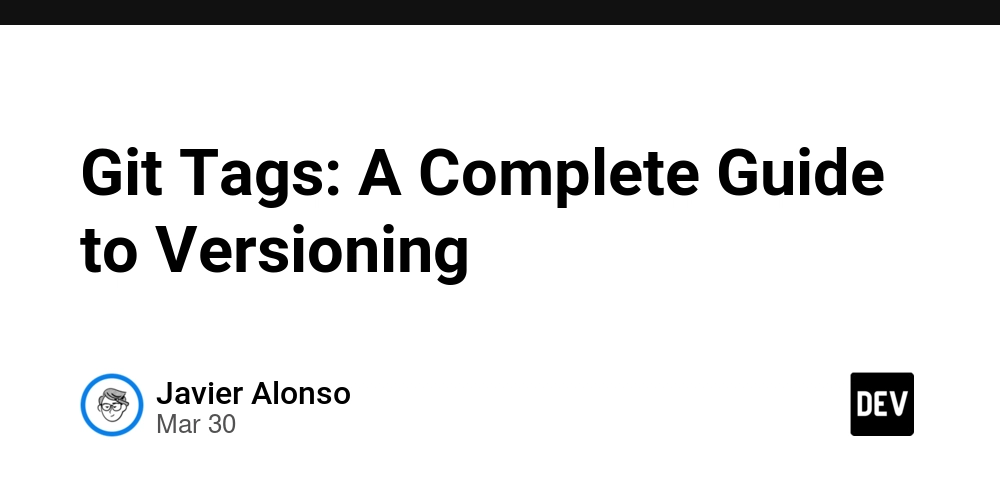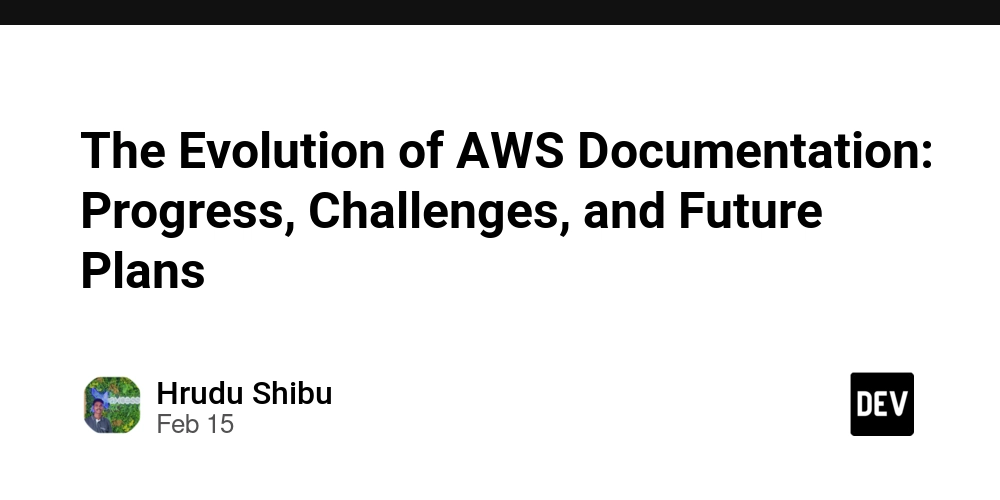AWS Community Day Italy 2025: My Experience as an Attendee and Session Takeaways
I went to Italy to enjoy some holidays and my birthday, and it happened to be during the same week as the AWS Community Day Milan 2025, so of course, I did not miss the opportunity to attend - and the event was an absolute blast! Such a great atmosphere and amazing speakers, so it was a great opportunity to learn a lot and connect with like-minded AWS enthusiasts. As someone who loves propagating knowledge, I've decided to write the key takeaways from my 3 favorite sessions and my thoughts about the event in general. Welcome Booth Right when entering the venue to claim my badge (I had to register a couple of days in advance) I got a bag with some cool AWS swags and information about the sponsors. More importantly, I received some vouchers for coffee. I mean, it is Italy, so the coffee is always good everywhere. I got my double espresso, had a quick look at the space and seeing so many familiar faces from the international community, I immediately knew the day ahead was about to be awesome. Keynotes Kick-off After breakfast and networking, Monica Colangelo (AWS Hero and event organizer) started the event by explaining the venue's logistics, the agenda, and so on. The information was very clear to me as an attendee, and it gave me the impression that the event was thoroughly planned and well-organized. I knew exactly what to expect, and the keynote speaker was about to get on stage! Generative AI: tech du-jour or the next big thing? The keynote speech was thrown by Massimo Re Ferrè, Director and Product Management at AWS. It was such an interesting perspective when Massimo made me reflect on GenAI and LLMs throughout the whole session. He started the session by explaining when his "aha" moment was for GenAI - a simple Lambda@Edge function asked at the very beginning of ChatGPT. The code worked almost 100% and made him think "there is something here". I could relate to Massimo as my "aha" moment was quite similar - a piece of code that before seemed impossible to write without a person, now an assistant would write within seconds - especially when Masismo explain the deepness of LLM nowadays, where "if you have a clear goal and ask the assistant, it will most probably achieve your goal" (think as a feature request). "Where are these assistants going?" made me reflect on what I use LLM for nowadays. According to Massimo, LLM can make you go home early, and I agree. It is all about you letting "AI do the laundry and dishes for you to focus on art", not the opposite. Approaching the end of the session, Massimo explores the risk management of GenAI. It can do a lot nowadays, so we have to be able to determine what benefits we want to extract out of it and what we are willing to give up to leverage the good parts of it. If the mindset is not changed yet, we should. "The developer role will not disappear, it will change" and - the verb I like the most for this subject - evolve. Sessions Building Secure and Efficient SaaS Platforms on AWS Serverless I have attended this session before in an AWS event in the Netherlands, delivered by Luciano Mammino and Guilherme Dalla Rosa, and I really liked it. The session starts by explaining why multi-tenant architecture is important: It is mainly about optimizing resources and being more efficient by sharing that results across multiple customers. The audience also has a good overview of the trade-offs between multi-tenant and single-tenant applications. Then, they start a walkthrough in the solution built on AWS using API Gateway, an custom Lambda Authorizer, Cognito, and a DynamoDB table that is accessible through the gateway for the different tenants. I like the idea of the "danger-zone" brought up by Luciano and Guilherme, when a tenant could possibly access data from a different tenant due to a bug, security issue, injection, or anything related. That happens because the differentiation between tenants happens directly in the query expression to DynamoDB and there is no distinguishing in the IAM role: the Lambda service role can freely query data on this table. "The Lambda has too much responsibility". In my opinion, their solution is brilliant: they created a policy with well-defined permission boundaries, and, on the Lambda authorizer code, they narrowed down the permissions of this IAM Role based on the claims (tenant ID) in the token. This role now is assumed by the authorizer. Now, ff there is a bug when tenant A is trying to access tenant B, it won't work anymore because the policy won't allow it. If there is a "noisy tenant", it is also possible to use an API Gateway usage plan to limit the number of requests for that specific tenant. What I could extract from this session is that the example showed is a great example of how to apply least privilege permissions for a multi-tenant application without reinventing the wheel. Event-Driven and serverless in world of IoT The se
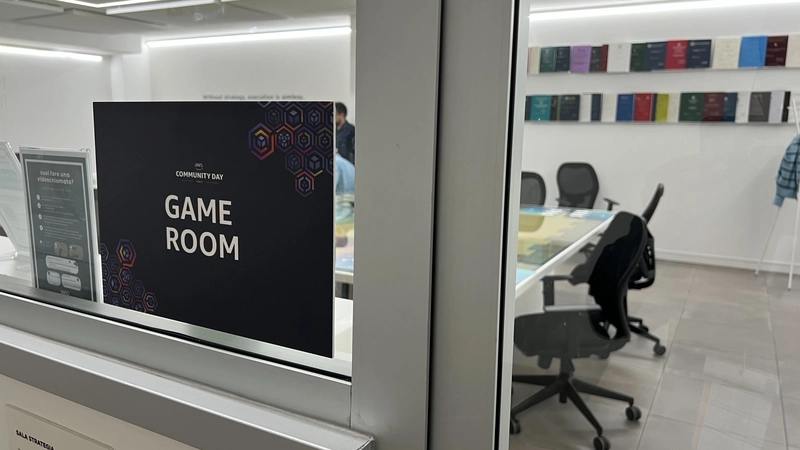
I went to Italy to enjoy some holidays and my birthday, and it happened to be during the same week as the AWS Community Day Milan 2025, so of course, I did not miss the opportunity to attend - and the event was an absolute blast! Such a great atmosphere and amazing speakers, so it was a great opportunity to learn a lot and connect with like-minded AWS enthusiasts.
As someone who loves propagating knowledge, I've decided to write the key takeaways from my 3 favorite sessions and my thoughts about the event in general.
Welcome Booth
Right when entering the venue to claim my badge (I had to register a couple of days in advance) I got a bag with some cool AWS swags and information about the sponsors. More importantly, I received some vouchers for coffee. I mean, it is Italy, so the coffee is always good everywhere.
I got my double espresso, had a quick look at the space and seeing so many familiar faces from the international community, I immediately knew the day ahead was about to be awesome.
Keynotes
Kick-off
After breakfast and networking, Monica Colangelo (AWS Hero and event organizer) started the event by explaining the venue's logistics, the agenda, and so on. The information was very clear to me as an attendee, and it gave me the impression that the event was thoroughly planned and well-organized. I knew exactly what to expect, and the keynote speaker was about to get on stage!
Generative AI: tech du-jour or the next big thing?
The keynote speech was thrown by Massimo Re Ferrè, Director and Product Management at AWS.
It was such an interesting perspective when Massimo made me reflect on GenAI and LLMs throughout the whole session. He started the session by explaining when his "aha" moment was for GenAI - a simple Lambda@Edge function asked at the very beginning of ChatGPT. The code worked almost 100% and made him think "there is something here".
I could relate to Massimo as my "aha" moment was quite similar - a piece of code that before seemed impossible to write without a person, now an assistant would write within seconds - especially when Masismo explain the deepness of LLM nowadays, where "if you have a clear goal and ask the assistant, it will most probably achieve your goal" (think as a feature request).
"Where are these assistants going?" made me reflect on what I use LLM for nowadays. According to Massimo, LLM can make you go home early, and I agree. It is all about you letting "AI do the laundry and dishes for you to focus on art", not the opposite.
Approaching the end of the session, Massimo explores the risk management of GenAI. It can do a lot nowadays, so we have to be able to determine what benefits we want to extract out of it and what we are willing to give up to leverage the good parts of it.
If the mindset is not changed yet, we should. "The developer role will not disappear, it will change" and - the verb I like the most for this subject - evolve.
Sessions
Building Secure and Efficient SaaS Platforms on AWS Serverless
I have attended this session before in an AWS event in the Netherlands, delivered by Luciano Mammino and Guilherme Dalla Rosa, and I really liked it.
The session starts by explaining why multi-tenant architecture is important: It is mainly about optimizing resources and being more efficient by sharing that results across multiple customers.
The audience also has a good overview of the trade-offs between multi-tenant and single-tenant applications.
Then, they start a walkthrough in the solution built on AWS using API Gateway, an custom Lambda Authorizer, Cognito, and a DynamoDB table that is accessible through the gateway for the different tenants.
I like the idea of the "danger-zone" brought up by Luciano and Guilherme, when a tenant could possibly access data from a different tenant due to a bug, security issue, injection, or anything related. That happens because the differentiation between tenants happens directly in the query expression to DynamoDB and there is no distinguishing in the IAM role: the Lambda service role can freely query data on this table. "The Lambda has too much responsibility".
In my opinion, their solution is brilliant: they created a policy with well-defined permission boundaries, and, on the Lambda authorizer code, they narrowed down the permissions of this IAM Role based on the claims (tenant ID) in the token. This role now is assumed by the authorizer.
Now, ff there is a bug when tenant A is trying to access tenant B, it won't work anymore because the policy won't allow it. If there is a "noisy tenant", it is also possible to use an API Gateway usage plan to limit the number of requests for that specific tenant.
What I could extract from this session is that the example showed is a great example of how to apply least privilege permissions for a multi-tenant application without reinventing the wheel.
Event-Driven and serverless in world of IoT
The session, delivered by Jimmy Dahlqvist (AWS Hero), explored how event-driven and serverless architectures can address key challenges in IoT systems, including scalability, monitoring, latency, security, data volume, and cost per device.
Jimmy showed the audience a use case (a connecting entrance solution) where it must handle unpredictable traffic, long-running processing tasks, and strict budget constraints.
The initial architecture relied, amongst other components, on IoT rules for routing, small objects in S3, and debugging issues in DynamoDB due to query limitations. These bottlenecks led to a need for architectural changes, including improved components for routing, data storage, and debugging. Jimmy then started to dive deep into the architecture components, where he replaced some pieces of the solution to meet the requirements.
Jimmy concluded the session by summarizing the benefits of serverless and event-drive architectures in IoT environments, like, for example scalability, cost efficiency (pay-per-use model), and responsiveness of the solution.
Road to compliance: will your internal users hate your Platform Team?
Davide de Paolis, Engineering Manager of Platform Team, explained how the mindset shift between Software Engineers and Cloud Engineers can be hard and how to minimize the effects for the platform users.
When migrating to a more robust AWS Organization setup, there is a change of habit as well: now, engineers need to log in to multiple accounts and create multiple policies with SCPs, for example. He also explained the benefits of AWS Organization in a platform, which makes it easier to apply security controls, quotas, data isolation, cost allocation, etc.
When Davide navigates the audience through the mechanism of creating policies and enforcing tags on resource creation, for example, he created a good bridge to what was coming next: Enforce x inform.
More important than enforcing policies, communicating is crucial to make sure there is enough time for development teams to comply with the guardrails. Even more important: identifying who to inform. Davided showed a great example of an architecture of a solution responsible for identifying and notifying resource owners not compliant with the guardrails defined by the platform team.
The insightful idea of MVG (Minimum Viable Governance) brought up by Davide helps the team focus on what really matters, integrated based on feedback and changing priorities, and share goals and purpose. For him, a platform team can fail when they lose focus on the goals and create a disconnection between them and the development teams.
My key takeaway from this session is: A Platform Team, among other responsibilities, needs also to keep sharing knowledge, learning with each other, which takes time and patience, but it will create the desired connection with the development teams - without that, the "internal users will hate your platform team".
Honorable mentions
BuildersCard

Game time! Throughout the event, there was a game room, as shown above, where attendees could relax a bit and have fun between the sessions. The BuildersCards is an educational game that helps people understand how AWS services can work together to design well-architected applications. You don't necessarily need to have AWS knowledge or a technical background, although it is fun when you do because you can discuss the usage of the services during the game. It was also a great opportunity to meet new people in the community.
A Spotlight on Women Speakers
A special mention goes to the strong representation of women among the speakers, an encouraging step toward more inclusive conversations in our field. Hats off to the organizers for making it happen.
Conclusion
I have a bias to give my opinion about an AWS event in Italy, as I love the Italian culture and I am an AWS nerd enthusiastic, but I was happy to spend one day of my holidays in this event. Had so much fun and the sessions were great, so I really enjoyed the AWS Community Day Milan 2025. Connecting, sharing, and learning from the community is something that I truly enjoy doing.













































































































































































![[The AI Show Episode 142]: ChatGPT’s New Image Generator, Studio Ghibli Craze and Backlash, Gemini 2.5, OpenAI Academy, 4o Updates, Vibe Marketing & xAI Acquires X](https://www.marketingaiinstitute.com/hubfs/ep%20142%20cover.png)














































































































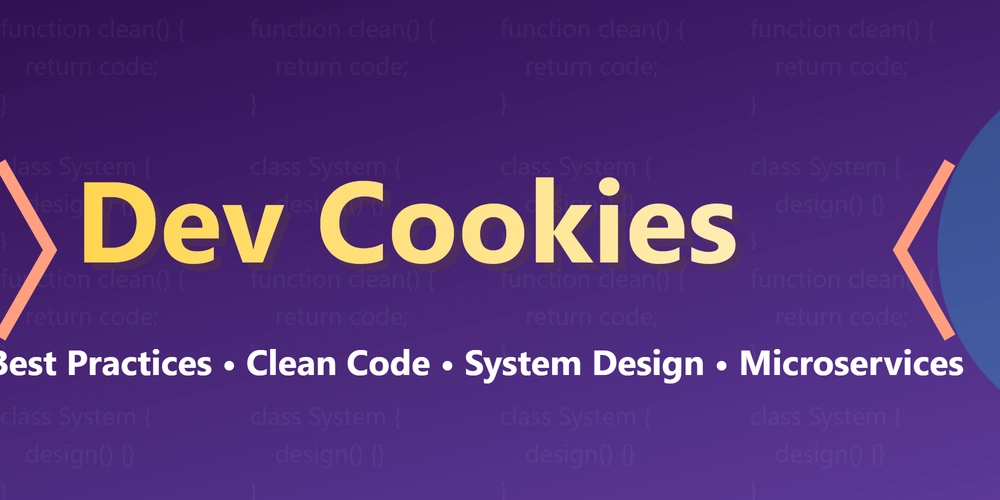

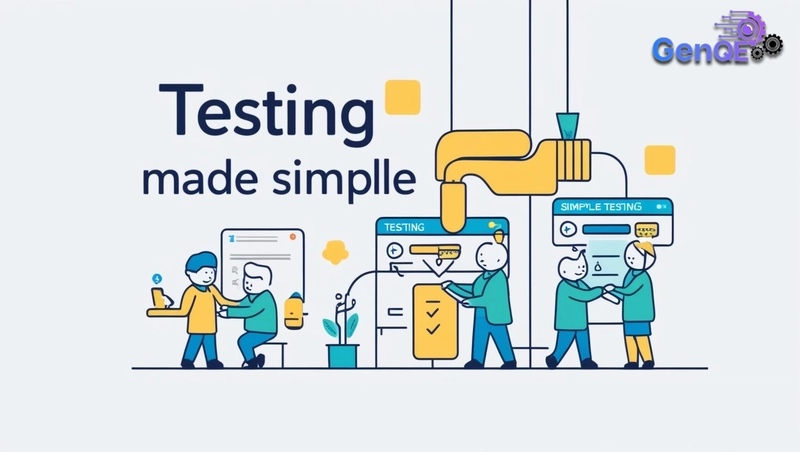
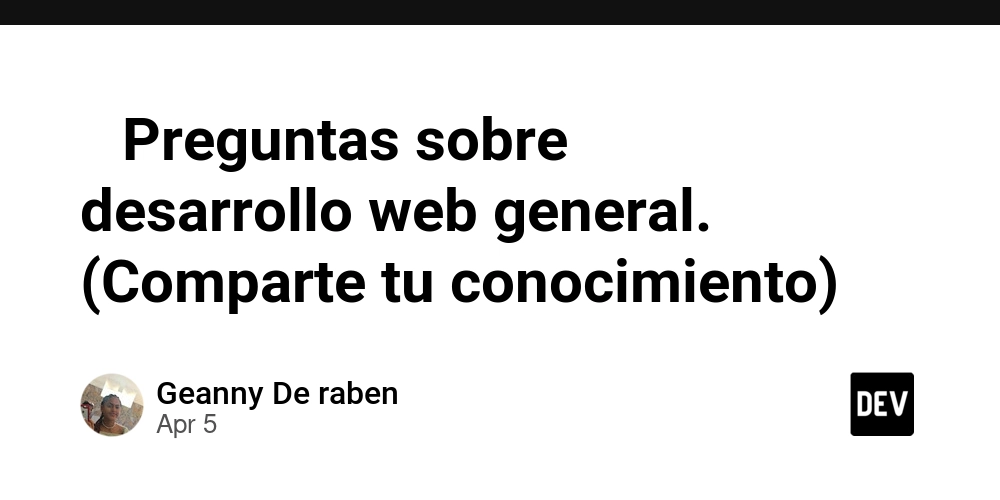









![[FREE EBOOKS] The Kubernetes Bible, The Ultimate Linux Shell Scripting Guide & Four More Best Selling Titles](https://www.javacodegeeks.com/wp-content/uploads/2012/12/jcg-logo.jpg)



![From drop-out to software architect with Jason Lengstorf [Podcast #167]](https://cdn.hashnode.com/res/hashnode/image/upload/v1743796461357/f3d19cd7-e6f5-4d7c-8bfc-eb974bc8da68.png?#)





































































































.png?#)





.jpg?#)
































_Christophe_Coat_Alamy.jpg?#)










































































































![Rapidus in Talks With Apple as It Accelerates Toward 2nm Chip Production [Report]](https://www.iclarified.com/images/news/96937/96937/96937-640.jpg)



































































































































